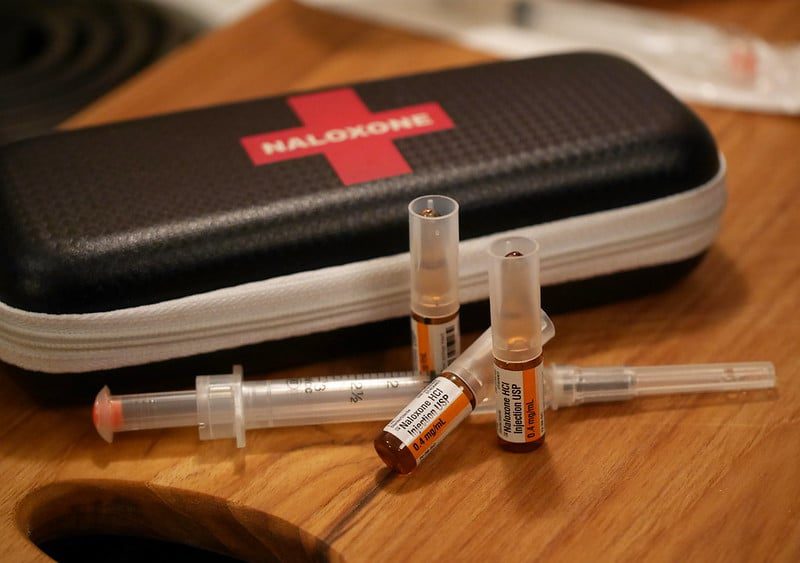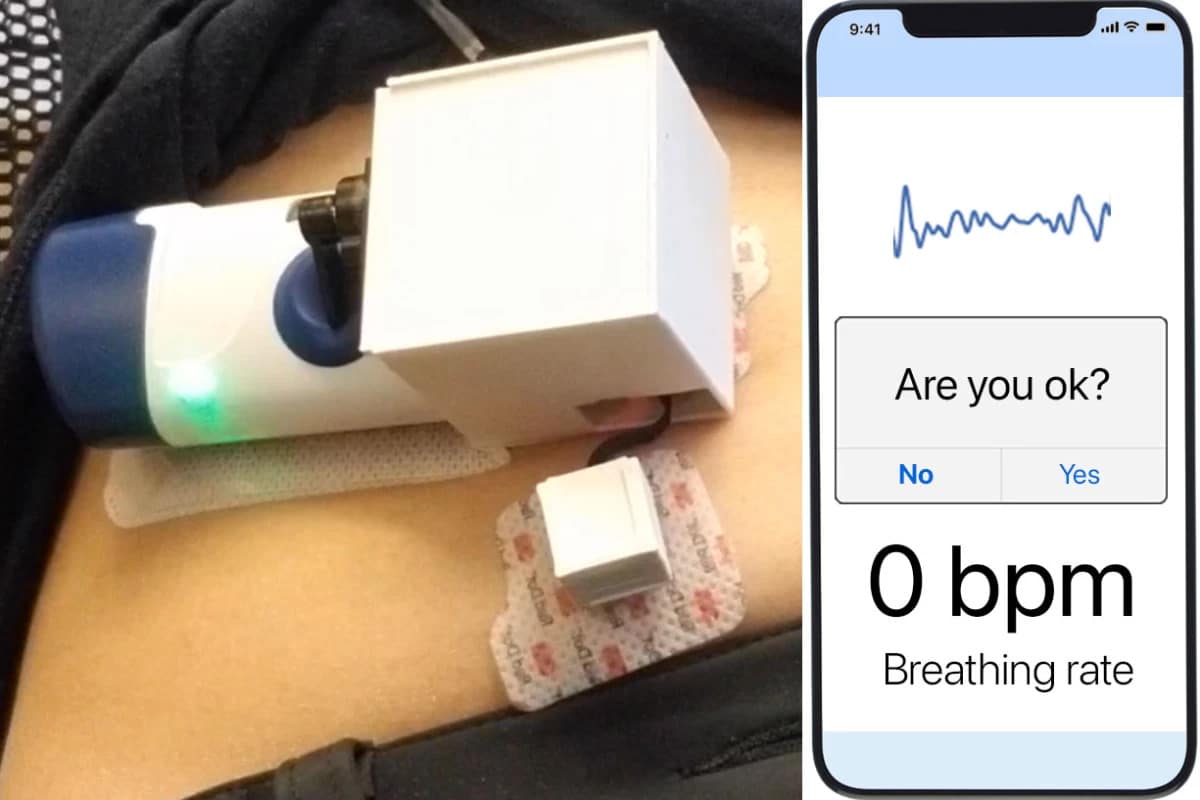The number of deaths from opioid overdoses far exceeds hoped-for percentages. It is therefore necessary to intervene, trying to drastically change the situation.
A group of scientists from the University of Washington recently developed a automatic injector, capable of administering a dose of naloxone to those at risk of overdose.
The device, currently being tested, could save an impressive number of lives, restoring peace of mind in many families.
“This wearable autoinjector may have the potential to reduce deaths due to opioid overdose,” says Prof. Shyam Gollakota, co-author of an article on research. “We hope it can have a tangible impact on a great source of suffering in this country.”

Naloxone in response to opioid overdose
Justin Chan, the PhD student who led the research on the development of the new one prototype, he relied on the power of Naloxone.
This substance is considered incredibly effective against opioid overdose, so much so that it is used by all paramedics. The action of Naloxone it is all the more positive the more timely the injection is. We need to intervene immediately, as soon as the first respiratory problems occur.
And this is precisely what the new device designed by the University is for. Alone, it deals with revealing the effects of overdose from opioids and immediately give an injection of naloxone.
The current prototype uses a retractable needle to deliver a subcutaneous injection of naloxone, using an integrated reservoir. The needle is activated when the device detects signs of respiratory failure, as prevention from opioid overdose.
The results recorded by the wearable device they can be transmitted via Bluetooth to a smartphone nearby, so as to be able to alert the person himself or an external assistant.
Experimentation and Results
To verify the correct functionality of the device against opioid overdose, an experiment was carried out.
Twenty-five subjects decided to independently test the prototype, wearing it in contact with their skin. Subjects participated in the study inside a secure facility, a supervised injection building in Vancouver, so that doctors could intervene promptly in case of negative responses.
During the test, 20 subjects simulated opioid-induced respiratory failure by holding their breath. The device he answered correctly in all twenty cases, giving them an injection of naloxone.
Currently, scientists are trying to make the injector smaller and less visible, so they can actually commercialize it.
If the project were to prove successful, hundreds of lives would be saved.


